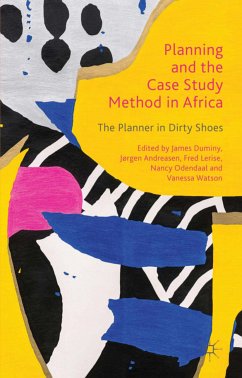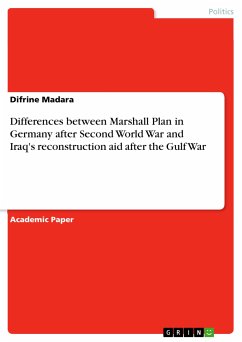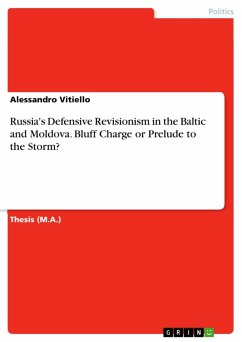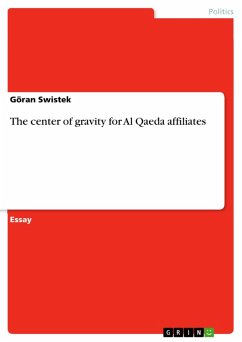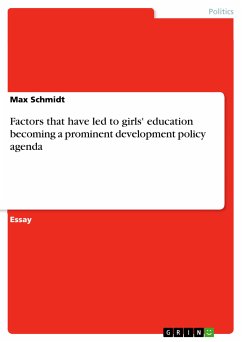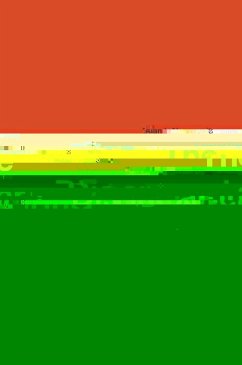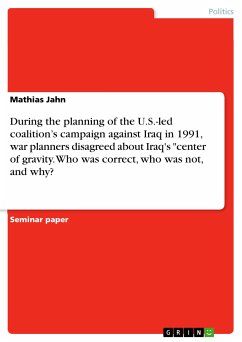
During the planning of the U.S.-led coalition's campaign against Iraq in 1991, war planners disagreed about Iraq's "center of gravity. Who was correct, who was not, and why? (eBook, PDF)

PAYBACK Punkte
0 °P sammeln!
Seminar paper from the year 2022 in the subject Politics - Miscellaneous, grade: A, S. Rajaratnam School of International Studies,Nanyang Technological University (SAF-NTU Academy), course: The Evolution of Strategic Thought, language: English, abstract: Following grand strategy, counter-conspiracy, and economical compensation rationales of Hussein, Iraq invaded Kuwait in August 1990. Mainly supported by 'United Nations Security Council Resolutions 660 and 678, the U.S., as of January 1991, led a 'Western-Arab Alliance (WAA)' to achieve the withdrawal of 'Iraqi Armed Forces (IAF)' from Kuwait ...
Seminar paper from the year 2022 in the subject Politics - Miscellaneous, grade: A, S. Rajaratnam School of International Studies,Nanyang Technological University (SAF-NTU Academy), course: The Evolution of Strategic Thought, language: English, abstract: Following grand strategy, counter-conspiracy, and economical compensation rationales of Hussein, Iraq invaded Kuwait in August 1990. Mainly supported by 'United Nations Security Council Resolutions 660 and 678, the U.S., as of January 1991, led a 'Western-Arab Alliance (WAA)' to achieve the withdrawal of 'Iraqi Armed Forces (IAF)' from Kuwait under 'Operation Desert Storm'. To reach the objective of the limited war, political and military leaders displayed differing opinions about effective ways by using the 'Center of Gravity' concept. The paper suggests that politicians, without using the technical term 'CoG', tacitly showed a more accurate theoretical appreciation of the concept for guiding their planning (foresight lens), which proved more effective in terms of achieving the outcome (hindsight lens). To reach this conclusion, 'Chapter 2' will develop a deepened interpretation of the concept based on systems theory. 'Chapters 3 and 4' then contrast and assess the views of political and military leaders by referring to the previous findings and applying the lenses mentioned above. Finally, 'Chapter 5' will conclude by answering the questions of who was correct and why as well as by outlining the further need for research.
Dieser Download kann aus rechtlichen Gründen nur mit Rechnungsadresse in A, B, BG, CY, CZ, D, DK, EW, E, FIN, F, GR, HR, H, IRL, I, LT, L, LR, M, NL, PL, P, R, S, SLO, SK ausgeliefert werden.




